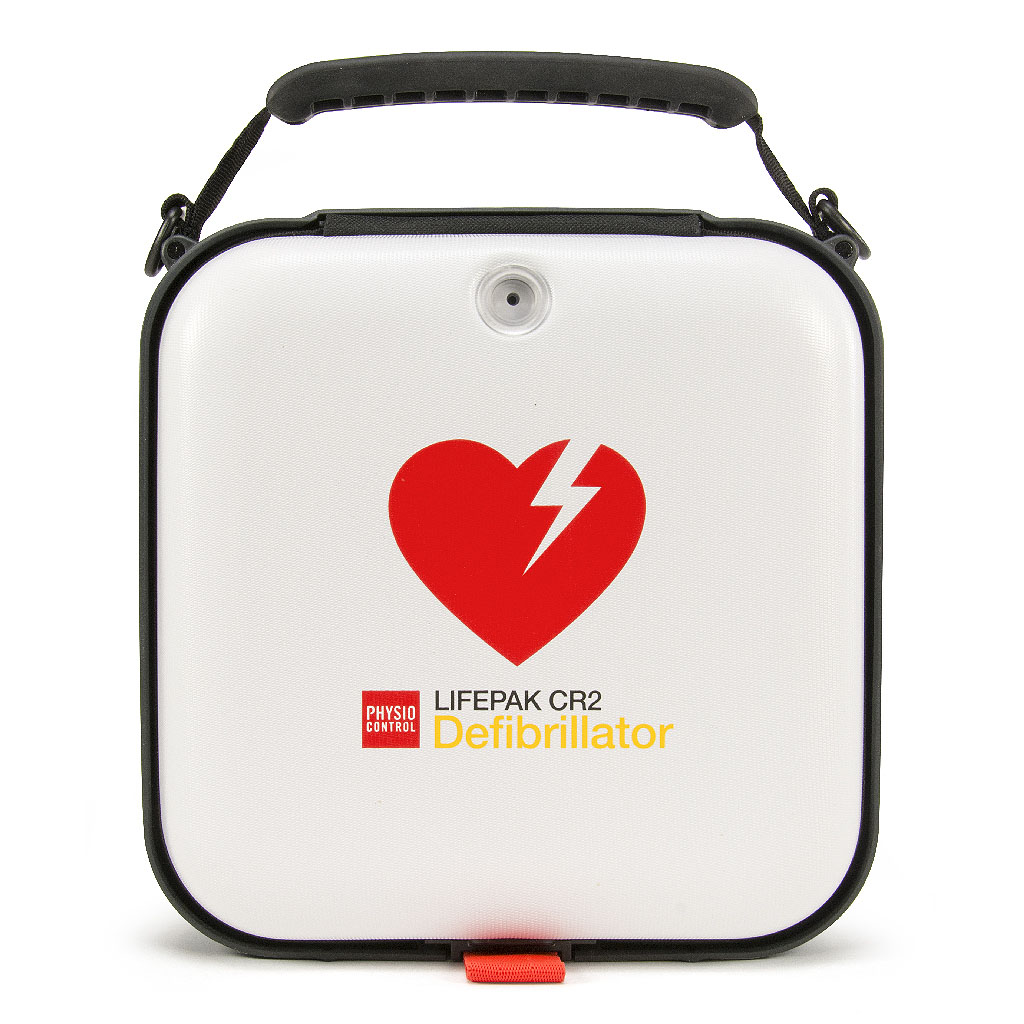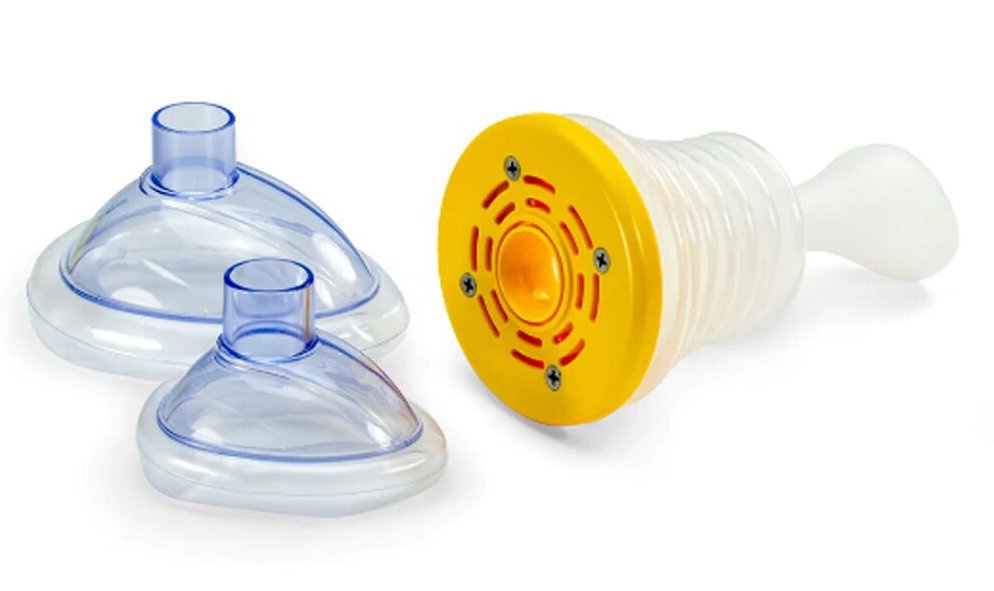Emergencies can strike anytime, and having the right tools can make all the difference in saving a life. One such tool is an automated external defibrillator (AED), designed to deliver an electric shock to the heart during sudden cardiac arrest.
For families, having an AED at home can provide peace of mind and potentially save a loved one's life. Regarding AEDs, the brand name LifePak is synonymous with reliability and quality.
This blog will discuss the safety precautions families should take when using LifePak AEDs at home.
I. Understanding the LifePak AED:
Before diving into safety precautions, let's first understand what a LifePak AED is and how it works. An AED is a portable device that analyses the heart's rhythm and delivers an electric shock to restore normal heartbeats if necessary. LifePak AEDs are known for their user-friendly design and intuitive features, making them suitable for individuals with minimal or no medical training.
These AEDs have clear voice prompts and visual instructions to guide users through the rescue process quickly. LifePak offers a range of models specifically designed for residential use, with varying features and capabilities.
II. Importance of Proper Training:
While LifePak AEDs are designed to be user-friendly, receiving proper training before using one is crucial. Knowledge of CPR (Cardiopulmonary Resuscitation) is essential to AED usage. CPR helps maintain blood circulation and oxygen flow to the brain until the AED can deliver a shock. To ensure you are well-prepared, consider enrolling in a CPR/AED training course certified organisations offer. These courses will teach you the necessary skills and techniques to respond effectively in emergencies.

III. Safety Precautions for Families Using LifePak AEDs:
1. Keep it easily accessible:
When it comes to AEDs, accessibility is key. It is crucial to keep your LifePak AED in a visible and easily reachable location at home. Consider installing a designated wall mount or cabinet for your AED, preferably in a central area. Make sure every family member knows its location, as time is of the essence during an emergency.
2. Regular maintenance checks:
Regularly inspecting your LifePak AED is essential to ensure its functionality. Perform self-checks periodically to make sure that the device is ready for use. These checks can be as simple as verifying battery levels and expiration dates. By conducting routine maintenance checks, you can have peace of mind knowing that your AED is always rescue-ready.
3. Educate family members about emergencies:
Educating your family members about common emergency scenarios where an AED might be needed is crucial. Sudden cardiac arrest and choking incidents are just a few examples. Emphasise the importance of immediately calling emergency services (911) before using the AED. Remember, every second counts during an emergency, and prompt action can be lifesaving.
4. Train family members in CPR:
While having an AED is vital, knowing CPR is equally important. Encourage all family members to receive formal CPR training. CPR can help sustain a person's life until professional help arrives or the AED can be used. If some family members haven't received formal training, provide them with resources or links to online CPR training courses. Being prepared as a family can make a significant difference in emergencies.
5. Regularly update contact information:
In addition to maintaining your LifePak AED, it is crucial to keep your emergency contact information up-to-date. Some LifePak AEDs have features like a "Rescue Ready" indicator requiring updated contact details. By ensuring that your information is current, you can maximise the effectiveness of your AED in critical situations.
6. Involve children in safety awareness:
Safety awareness should extend to every member of the family, including children. Start by discussing basic first aid and emergency response procedures with children, tailored to their age level. Engage them in open conversations about AED usage and its potential life-saving impact. By involving children in safety discussions, you foster a culture of preparedness and empowerment within your family.
IV. Additional Safety Tools: Introducing Lifevac
In addition to having a LifePak AED, families can consider utilising another safety tool called Lifevac. Lifevac is designed to assist in choking emergencies when traditional methods fail. It creates suction to remove lodged objects from the airway, potentially saving a person's life. While Lifevac choking device is not a substitute for an AED, it can provide additional assistance in specific emergencies. Understanding compatibility or recommended usage guidelines is essential when combining LifePak AEDs and Lifevac to ensure their optimal effectiveness.
Conclusion:
Having a LifePak AED at home can be a life-saving investment for your family. However, prioritising safety precautions is crucial. Remember to receive proper training in CPR and familiarise yourself with the operation of your LifePak AED. Keep your AED easily accessible, perform regular maintenance checks, and educate your family members about emergencies. By taking these necessary steps, you are equipping yourself and your loved ones with the knowledge and tools to respond effectively during critical moments. Stay safe, be prepared, and prioritise the well-being of your family.


No comments yet